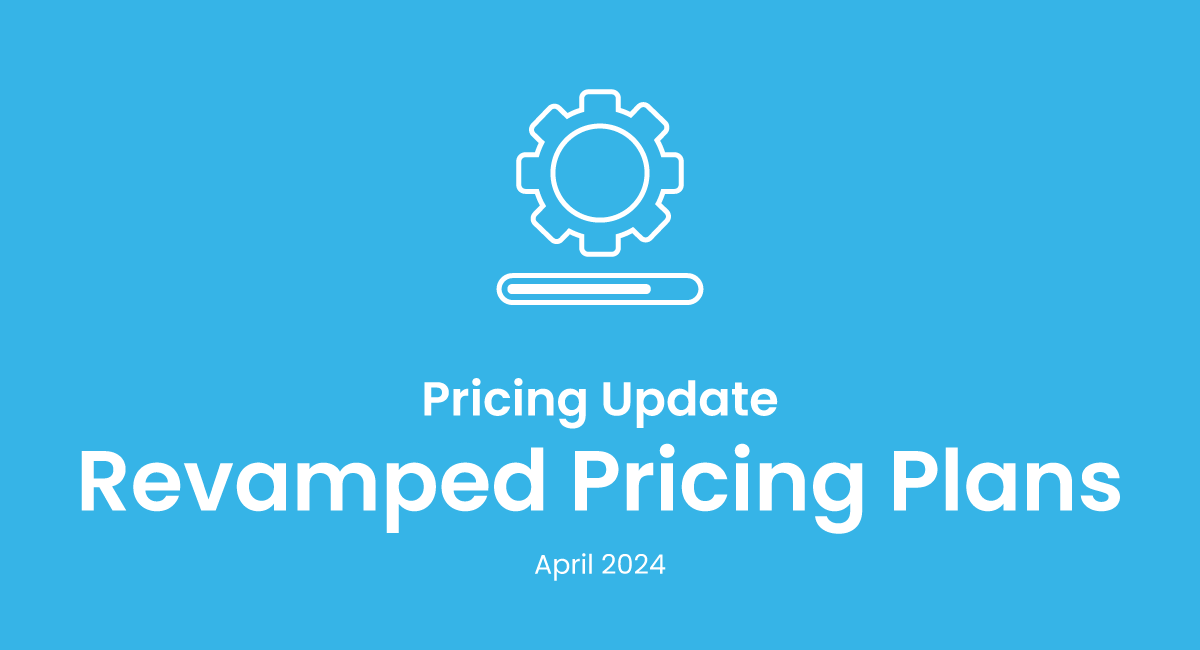
Is Your Installation Management System Delivering the Required Value?
How do you determine the quality of your installation management? Is your installation management system sound enough to track these metrics? If not, it’s time to adopt the ReachOut suite.
Installation management integrates the installation project with the capacity of the enterprise to ensure plans are achievable. Tracking the key performance indicators in installation management ensures that the project is on track and meets its goals. The major challenge is in identifying the right metrics to measure. The challenges related to actual measurement are secondary. This post covers the 4 KPI metrics to track to ensure the installation management system’s success and integrity.
Read more: A Checklist for On-site Installation Technicians to Ensure Quality Work
1. Performance Metrics
All planning and estimates matter for little if they cannot sustain during operations. Performance metrics show the status from the ground. The following metrics indicate the efficacy of installation management:
- The number of field tasks closed by the dispatcher indicates the number of tasks completed vis-à-vis the number of tasks scheduled for the day.
- The average number of work orders closed: Monitoring the work orders closed in a set period, such as per day or week, again indicates if work progress happens according to the schedule.
- Rescheduling ratio: The rescheduling ratio is the number of rescheduled tasks to all scheduled tasks.
For the above metrics, a ratio of one or close to one indicates the technician’s effectiveness and things going according to the plan. It also contributes to high customer satisfaction. A low decimal indicates inefficiency or some severe issues inhibiting work.
A perfect ratio of one might not always be possible. Contingencies such as canceled appointments, vehicle breakdown, employee sick leave, and more might lead to delays and some installation not taken up at the scheduled time. A ratio of less than one sets the stage for analysis and brainstorming to improve the metrics.
Other standard indicative metrics related to performance are:
- The number of adjustments to the schedule.
- The number of phone calls between dispatcher and technician.
A high score indicates some issues in installation, unclear instructions, or incompetent technicians. It also means time lost in communication or redoing things.
2. Time Metrics
A robust installation management system ensures the installation takes place as planned, on time. Metrics related to timeliness make sure the project execution is on track.
Time metrics are critical for effective installation management. Delays in installing equipment lead to delays in downstream activities, cost overruns, and poor customer experience.
Some of the key metrics related to timeliness include:
- Schedule performance index (SPI): SPI measures how the actual progress accords to the planned progress. Other similar metrics include total time spent on the project to total available time or planned hours to the installation hours. These metrics lead to an on-time completion percentage.
- Cycle time (time taken to complete one task): Cycle time is the time spent by the installation team to install an item or a unit of the total equipment. This indicates the milestones completed on time.
- Full-time equivalent (FTE) days vs. Calendar days to identify the time lost in hold-ups.
- Mean-time to complete: The average time to complete an installation offers a good benchmark. Comparing each job with the mean-time to complete metric indicates the speed and efficiency of the work. However, it is not always possible to get a ratio of one or above. Some installation jobs are more complex than the rest and take extra time.
Time metrics highlight possible delays. The values help identify the scope and magnitude of the delay and come to an estimated revised date of completion.
3. Quality Metrics
It is not enough to install equipment on time. Customer satisfaction requires high-quality installation. The measures of quality indicate if the project has met its objectives. The KPIs related to quality include:
- The number of errors and number of tasks reworked: The number of mistakes or reworks during the installation is a direct measure of high-quality installation or the lack of quality in installation.
- The number of customer complaints: This metric indicates if the final product is satisfactory.
- Net Promoter Score (NPS): The Net Promoter Score measures the extent to which the customer will recommend the service. It indicates the customer’s satisfaction levels and also brand loyalty.
- Other methods to track customer satisfaction include customer satisfaction scores through feedback and customer loyalty scores through sentiment tracking.
- Billable utilization: A critical dimension of quality is waste. Quality depends on the optimal utilization of time and money. Spending too many resources on installation reeks of poor quality, even if the equipment per se is not faulty.
4. Budget Metrics
The success of installation management depends on completing the project within the budget. Cost overruns erode the profits, making the project unviable. If the project exceeds costs beyond a point, it might hemorrhage, with each installation step costing money rather than earning money from the field management enterprise.
Top budget-related metrics for installation management include:
- Budget variance: Budget variance indicates the project shooting out of budget, scope creep, or poor requirements gathering.
- Line items in budget and number of budget iterations: These metrics track the budget’s robustness.
- Cost Performance Index (CPI): The CPI measures the conformance of the actual work completed to the actual cost incurred.
- Technician idle time: Technician idle time measures time spent at the base and not charged to the customer. This metric indicates either structural problems in the enterprise, such as installation parts not being available on time. Or it could mean poor marketing, with orders not arriving fast enough to keep all technicians busy.
Read more: Job Management 101: How to get the most out of a Job Management Software

Getting carried away with Big Data and overwhelming the team with data and statistics will only add to the burden. Instead, providing the right data at the right time ensures the installation management stays on track and delights the customer.
Measuring these metrics requires tracking data. Use a field management suite to capture the correct transactional and operational data. The field management suite automates the right data capture and integrates seamlessly with analytical platforms to track the most critical metrics.
Read more: How a field service software benefits security and CCTV installation companies
How does a field management suite help?
A good field management suite goes beyond gathering the correct data. It eases the workflow proactively to improve the time, budget, and quality metrics. Automated dispatch accelerates the workflow and improves efficiency. The inspection management suite delivers the suitable forms, auto-populates fields, and ensures the seamless capture of data, including audio-visual data. Auto-generated invoices provide speedy sign-offs and closures.
ReachOut’s customizable digital forms and service scheduling features transformed a backflow testing business in Idaho. Watch Video Now!
Sign up for ReachOut’s advanced installation management system today and do more in less time.
Aarathy
Aarathy is a Senior Digital Marketing Analyst at ReachOut Suite. She is majorly into content marketing and focuses on getting the messaging right across a host of marketing collaterals. While not working on content, you can find her juggling SEO, social media, branding and more. She enjoys exploring new frontiers in digital marketing and the associated challenges keep her going.
More posts by Aarathy




